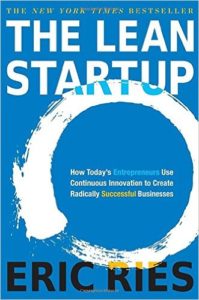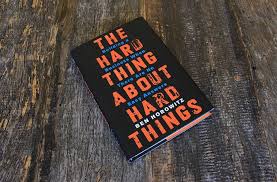 The first thing to know about angel investing is that you probably can’t do it.
The first thing to know about angel investing is that you probably can’t do it.
I say “can’t do it” not to create some aura of fancy exclusivity for the activity, but rather to point out that entrepreneurs who offer ownership stakes to angel investors may only formally sell pieces of their businesses to ‘accredited investors’ who have a $1 million net worth, or consecutive years of $200,000 in income.
The second thing to know about angel investing is that you probably shouldn’t do it.
I say “shouldn’t do it” because angel investing will likely lose you money.
Don’t get me wrong, I think angel investing is great, both as a benefit to the places where it happens, and to keep the creative juices of a capitalist economy humming along. Even if many investors and many entrepreneurs lose their shirts as individuals, a positive case can still be made that the aggregate economy benefits from the few winners that may emerge from the wreckage. Still, you probably shouldn’t think of it as a way for you to make money personally, but instead as a way for you to generously spread your personal capital, like mulch over a field, to make the entire local economy grow faster.
By the way, there’s no agreed-upon definition of angel investing, but it generally means investing at the scale of between a few tens of thousand of dollars to a few million dollars in early-stage startup businesses. Angel investing is the baby brother to venture capital (a few million to tens of millions invested into a growing business) as well as the child to larger private equity investing (tens of millions to billions invested in a more mature business).
Because of the high risk of individual failure, angel investors and venture capitalists often seek to manage their risk by building a portfolio made up of multiple bets on different companies.
My friend Tom Dickerson, founding partner of New York-based venture capital fund Tulles-Dickerson explained to me the portfolio approach of a typical fund.
“If a venture fund invests in ten companies, you would expect 4 or 5 to be complete zeros, two or three to limp along and survive, and you’re hoping for one or two big wins, with those maybe making you four or seven times your money. With an angel fund, the risks of failure are even higher, so you’re also hoping for one or two even bigger wins to compensate for the higher risk.”
You can see how investors who pick only a small number of companies to fund may in retrospect find out they dug a bunch of dry wells, to use a South Texas analogy.
Chris Burney, Executive Director of the San Antonio Angel Network (SAAN) basically agrees with Dickerson’s portfolio numbers.
One of the SAAN’s ways to increase the probability of a “win” in an angel’s portfolio, according to Burney, is by lowering the available size of investment, to as small as $5,000 per individual. That allows folks with limited capital the opportunity to invest in more startups. His group has grown to 73 members since launching in December 2016, with about a third of the members participating in one of their three group investments so far.
An angel network like SAAN does not serve as an investment advisor – because as always, buyer beware! – but does seek to share best practices on early stage investing. Members of the SAAN pay annual dues in order to network, self-educate, and take advantage of the screening and due diligence that Burney and the rest of the network provide.
An additional advantage, besides the coffee and companionship, is access to deal-flow that you wouldn’t otherwise see. The SAAN for example seeks to coordinate with more long-established groups like the Houston Angel Network (HAN) and the Austin-based Central Texas Angel Network (CTAN).
The ultimate attraction for angel investors is that theoretically a small amount of capital can buy enough of a stake in a startup that success in the business reaps outsized rewards. Sun Microsystems co-founder Andy Bechtolschein wrote a $100,000 check to Google founders Sergey Brin and Larry Page in 1998, even before they had opened a bank account for their fledgling business – perhaps the most famous angel investment of all time. Thought to have given Bechtolschein 1 percent of the new company, that stake would have been worth around $250 million at the time of the company’s 2004 IPO. Held until today, that 1 percent in Alphabet Inc (now the official name for Google) would be worth around $6.5 billion.
Needless to say, that experience is not the rule of angel investing. As Boromir might have said about your angel investing attempts, one does not simply purchase 1 percent of the next Google, any more than two halflings have a chance of sneaking into Mordor to destroy the one ring. Most of us Boromirs make poor angel investors. In fact, the best attitude for an angel investor to adopt is to assume most investments will go to zero, because they usually do.
But hope springs eternal. Our system requires that those with more capital than ideas take a flyer on those who have ideas and energy, but not enough capital.
A version of this post ran in the San Antonio Express News and Houston Chronicle.
See related post:
Post read (464) times.


















